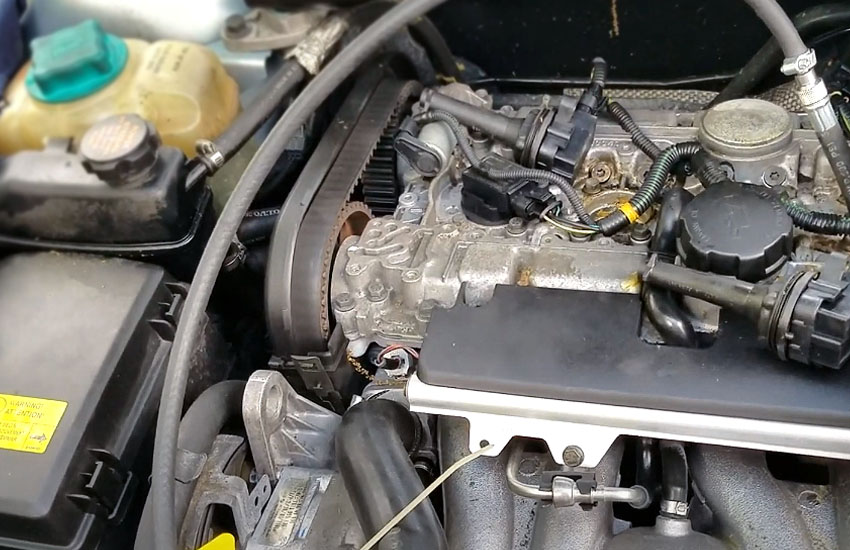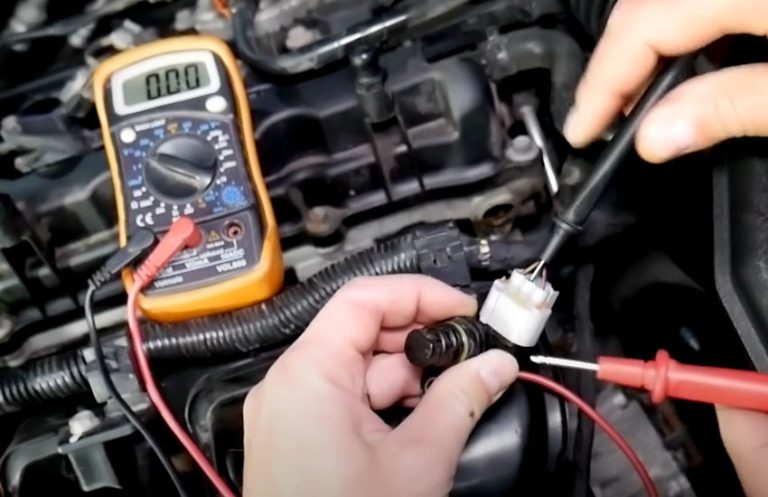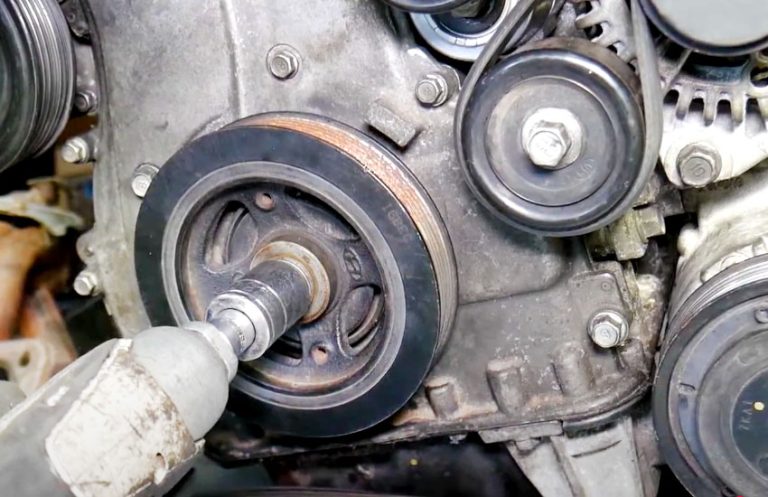Having trouble with low compression in your engine’s piston? Don’t worry, we are here to help! Low compression means your engine is not working as it should. This can make your car run poorly or even stop running. In this blog post, we will guide you step by step on how to find and fix the problem.
First, we will explain what compression is and why it’s important for your engine. Next, we will help you check for signs of low compression. Then, we will show you how to test for low compression using simple tools. Finally, we will cover common causes of low compression and how to fix them.
By following these easy steps, you can get your engine running smoothly again. Let’s start troubleshooting low compression in your piston!

What is Compression in a Piston?
If you’re a car enthusiast or someone who relies on their vehicle for daily transportation, understanding how an engine works is crucial. One important aspect of engine performance is compression in a piston.
Compression refers to the process by which air and fuel are compressed within the engine’s cylinder before ignition. It plays a vital role in the proper functioning of an engine and affects its overall power, efficiency, and performance.
Importance of Compression in an Engine
The compression in a piston is a critical component of the engine’s combustion process, and it holds considerable importance for several reasons:
- Efficient Fuel Combustion: Adequate compression of air and fuel creates the ideal conditions for efficient combustion. When the air and fuel mixture is compressed, it becomes more concentrated and ignites more easily, resulting in better fuel economy and increased power.
- Sealing Ability: An engine’s compression seals the cylinder, preventing any air or fuel leaks. This ensures that the combustion process occurs solely within the cylinder, maximizing power generation and reducing wasted energy.
- Engine Stability: Compression contributes to the stability of the engine’s operation. The compression ratio, which measures the amount of compression in the cylinder, helps determine the engine’s power output and overall efficiency.
- Avoiding Engine Problems: Low compression can cause a range of engine issues, such as misfires, weak acceleration, and reduced power. By monitoring and troubleshooting compression levels, you can prevent potential problems and maintain your engine’s performance.
Understanding the importance of compression in an engine is crucial when troubleshooting engine problems. In the following sections, we will explore the steps to troubleshoot low compression in a piston, ensuring your engine is functioning optimally.
Symptoms of Low Compression
When your engine’s compression starts to drop, it can lead to various issues that affect the performance of your vehicle. Recognizing the symptoms of low compression is essential to troubleshoot and resolve the problem promptly. In this section, we will discuss two common symptoms that indicate low compression in a piston: Loss of Power and Engine Misfires.
Loss of Power
A significant drop in compression can result in a noticeable loss of power in your vehicle. You may experience a lack of acceleration or find it challenging to reach higher speeds.
When the compression within the piston is compromised, the engine’s ability to generate power efficiently is affected. This can be detected during activities such as climbing hills or overtaking other vehicles on the highway.
Additionally, low compression can cause your engine to struggle when idling or starting. You may notice extended cranking times or a general sluggishness in the overall performance of your vehicle. Loss of power requires immediate attention as it can lead to reduced fuel efficiency and potential damage to other engine components.
Engine Misfires
Another common symptom of low compression is engine misfires. When the compression in the piston is insufficient, the fuel-air mixture may fail to ignite properly.
This results in misfires or incomplete combustion, causing the engine to run unevenly and feel rough. You may sense a jerking or shaking sensation, along with a noticeable decrease in performance.
Engine misfires can be more noticeable during acceleration or under heavy load conditions. The misfires can also trigger the Check Engine light to illuminate. If left unaddressed, engine misfires can potentially damage the catalytic converter and other vital components of your vehicle.
Causes of Low Compression
Low compression in a piston can lead to a range of performance issues in an engine. There are several potential causes of low compression to consider when troubleshooting this problem. Understanding the underlying issues can help in identifying the appropriate solutions to restore optimal performance.
Worn Piston Rings
Worn piston rings can be a common cause of low compression in an engine. When the piston rings become worn, they are unable to form a proper seal, allowing air to escape from the combustion chamber.
As a result, the compression ratio is compromised, leading to reduced engine performance. It’s crucial to inspect the piston rings for signs of wear and replace them if necessary to restore proper compression.
Damaged Cylinder Walls
Damaged cylinder walls can also contribute to low compression levels. If the cylinder walls are scratched, scored, or have excessive wear, they may fail to provide the necessary seal for optimal compression.
This can result in a loss of pressure within the combustion chamber. Addressing damaged cylinder walls may involve honing or re-boring the cylinders to restore their smooth surface and ensure proper compression.
Troubleshooting Low Compression
When troubleshooting low compression in a piston, it’s crucial to methodically identify and address the underlying issue to ensure optimal engine performance. Performing a compression test and identifying the problem area are essential steps in this process. By following these guidelines, you can diagnose and resolve low compression issues effectively.
Performing a Compression Test
A compression test is a fundamental diagnostic tool that allows you to assess the condition of the piston and cylinder. Here’s how to perform a compression test:
- Begin by warming up the engine to ensure accurate readings.
- Remove the spark plug from the cylinder you are testing.
- Attach a compression gauge to the spark plug hole and crank the engine a few times.
- Record the compression reading and repeat the process for the remaining cylinders.
Identifying the Problem Area
After performing the compression test, you may identify low compression in one or more cylinders. To pinpoint the problem area, consider the following steps:
- Inspect the piston rings for wear or damage that could cause low compression.
- Check the cylinder head gasket for leaks or a blown gasket that may be leading to low compression.
- Examine the valves for any signs of damage or carbon deposits that could impair compression.
- Assess the cylinder walls for wear, scoring, or other irregularities that could result in low compression.
By meticulously performing a compression test and identifying potential problem areas, you can effectively troubleshoot low compression in a piston, ensuring optimal engine performance.
I hope this guide helps you troubleshoot low compression in a piston. Low compression can cause engine problems, but you can fix it with the right steps. First, check the spark plugs. Dirty or damaged plugs can cause low compression.
Clean or replace them if needed. Next, look at the cylinder walls. If they are worn or scratched, this can be a problem. You may need to hone or replace them. Also, check the piston rings. They should fit snugly. If they are worn or broken, replace them.
Lastly, examine the valves. Make sure they are not bent or burned. Adjust or replace them if necessary. By following these steps, you can find and fix the issue. This will help your engine run smoothly again.
Don’t hesitate to seek professional help if needed, as they have the expertise to properly diagnose and fix any underlying problems. Keep your engine running smoothly and enjoy a reliable driving experience.


